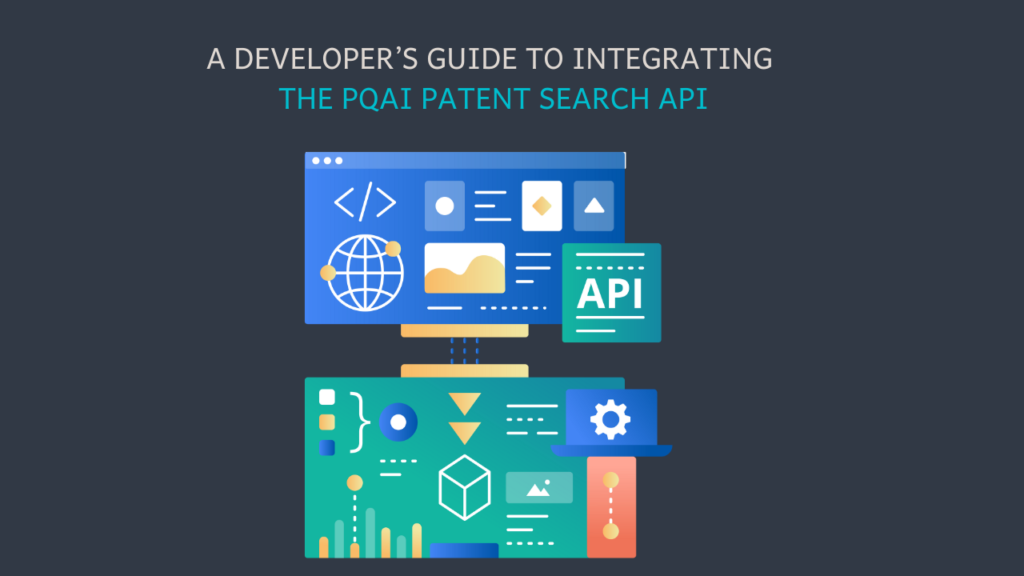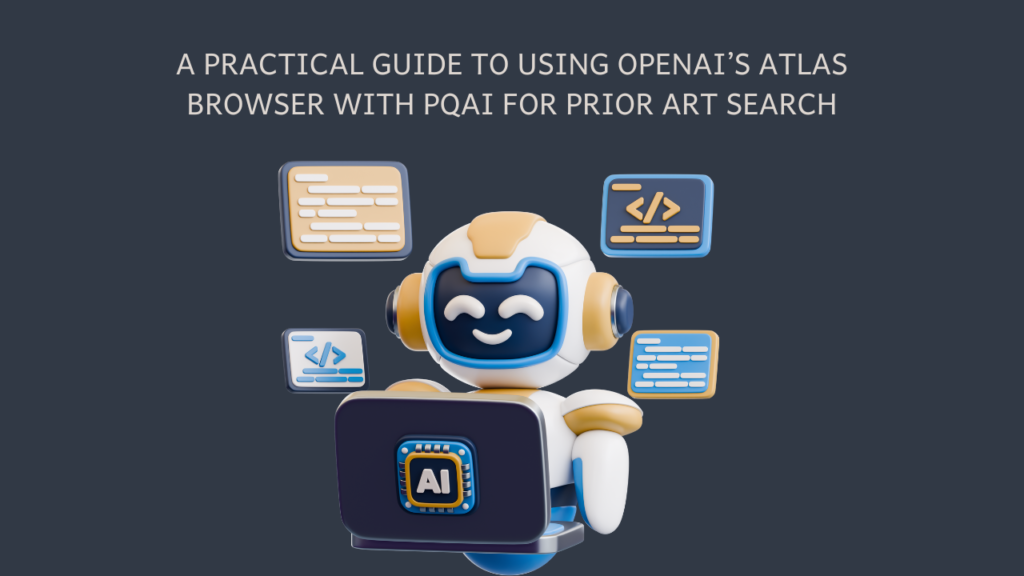
How Enterprises Can Use the PQAI API to Build Novelty Checking Features
You have already witnessed how powerful the PQAI API can be for semantic patent search. Now you want to bring that same intelligence into your

Traditional Prior art search is a recursive process. You begin by:
The relevance of results generally drops as you go down the list. So you refine your query to steer towards more relevant results, and the process repeats.
As you would know, only a few of these results are relevant, and the rest are irrelevant, often termed “noise.” It is not uncommon to see a 50:1 noise-to-relevance ratio in your results.

Going through hundreds of documents to find one relevant piece of information takes most of your time. Mostly you are just spending time reading documents that you will eventually discard. Therefore, judging a document’s irrelevance is generally beneficial as soon as possible. Unfortunately, most search tools put less emphasis on this part. Either they don’t help you evaluate the relevancy quickly or go only as far as showing some highlighted keywords. But these approaches are seldom sufficient to inform you about the document’s relevance.

With PQAI, however, we are putting a lot of emphasis on this. We believe that enabling searchers to judge the relevance of documents quickly is one of the most impactful areas where prior art search engines need improvement.
In this article, we will analyze this problem, consider possible solutions, and explore how PQAI aims to assist.
Let’s assume we are doing a prior art search through patent literature to keep things simple. Unfortunately, patent titles are notorious for being vague and non-informative. See US9486553B2 patent, for example. The title of this patent is “Method,” that’s it. I admit this is an extreme example, but judging patents by their titles is generally challenging. Even abstracts, more often than not, are difficult to understand. In fact, abstracts may not even relate directly to your query when you are running a search through claims/descriptions. For many results, therefore, you have to judge the relevance by opening those documents in a separate tab and then going through the complete text, trying to pin down the relevant sections, if any.
A typical patent contains about 10-12 pages of text. However, we routinely bump into patents that are longer and have 50-60 pages of text! When looking for prior art, the information you’re looking for could be anywhere within that text. Even expert searchers spend 90% of their time searching for that crucial piece within the text.
When PQAI identifies results, it takes it one step further. It also picks out relevant parts of the documents matching your query. We call these “snippets” or “passages” – they are complete sentences or select parts of sentences that make sense on their own.
They allow you to judge the relevance of a result directly from the search results page. Thus, you spend much less time sifting through irrelevant results is reduced. Of course, you may still need to read lengthy documents, but only the relevant ones. The ones for which snippets aren’t sufficiently informative, but overall, the number is greatly reduced.
The figure below shows you what PQAI snippets look like.
“A head mounted device” can be described as “an apparatus that fits on a user’s head.” Or a “housing positioned in front of eyes” can be described as “device that covers the eyes like a set of goggles“

To give you another example from a patent, we recently analyzed around laser beam alignment. Here’s what the snippet from one of the references that showed up looked like:

Reviewing prior art doesn’t have to feel like searching for a needle in a haystack. PQAI’s intelligent query mapping makes it easier to separate what matters from what doesn’t. By showing you how each part of your invention query maps to relevant text in the results, it saves you from endless scrolling and irrelevant reading.
This isn’t just about speed; it’s about clarity. With PQAI, you spend less time filtering noise and more time focusing on insights that truly shape your innovation journey.
Want to see how it works before you try it? Here’s a quick video walkthrough of PQAI’s intelligent patent search features. Watch it now and discover how PQAI can transform your prior art search experience.
What’s stopping you? Start exploring prior art with PQAI!
At PQAI, we bring clarity to the world of patents. Through storytelling and insight, we simplify inventions so innovators, researchers, and businesses can learn from the past and build the future.
Share

You have already witnessed how powerful the PQAI API can be for semantic patent search. Now you want to bring that same intelligence into your

You have already explored what PQAI can do. Now you want to bring its semantic patent search into your own product or tool. Maybe you

OpenAI’s Atlas browser marks a new milestone in AI-driven research. Research on the web has always been a bit awkward for AI. It could fetch
Dear PQAI Team,
We are pleased to express our support for PQAI and its mission to revolutionize patent searching through open-source, AI-driven solutions.
At [COMPANY NAME], we recognize the importance of accessible and efficient patent tools in fostering innovation and empowering inventors from diverse backgrounds. By supporting PQAI, we aim to contribute to the development of transparent, collaborative, and impactful solutions for the intellectual property community.
We kindly request the addition of [COMPANY NAME] to the official List of Supporters of PQAI.
Sincerely,
[CEO or Equivalent Name]
[Title]
[Company Name]
[Signature]